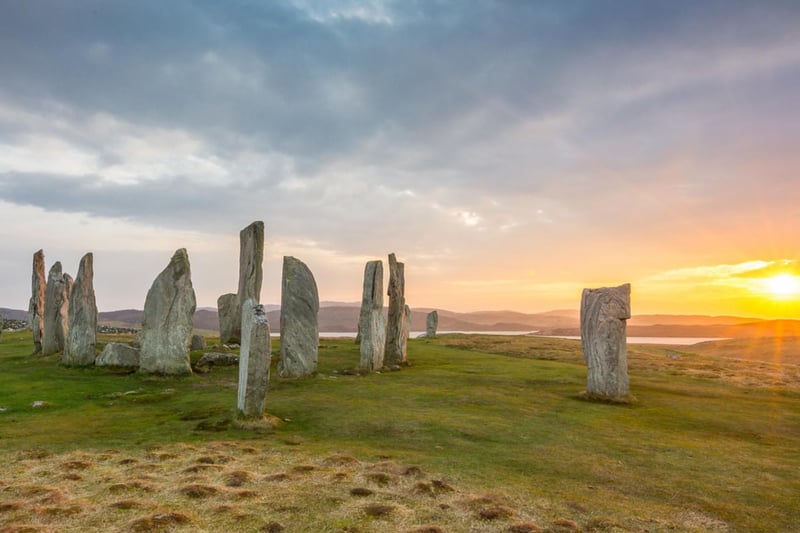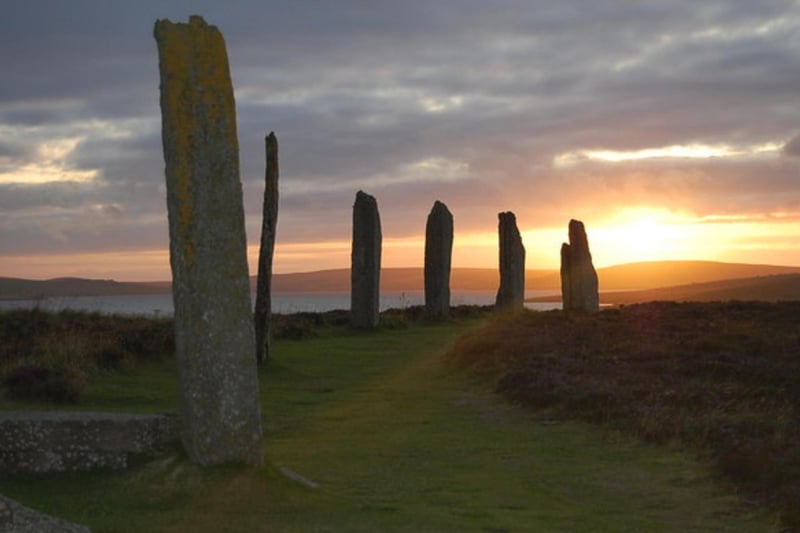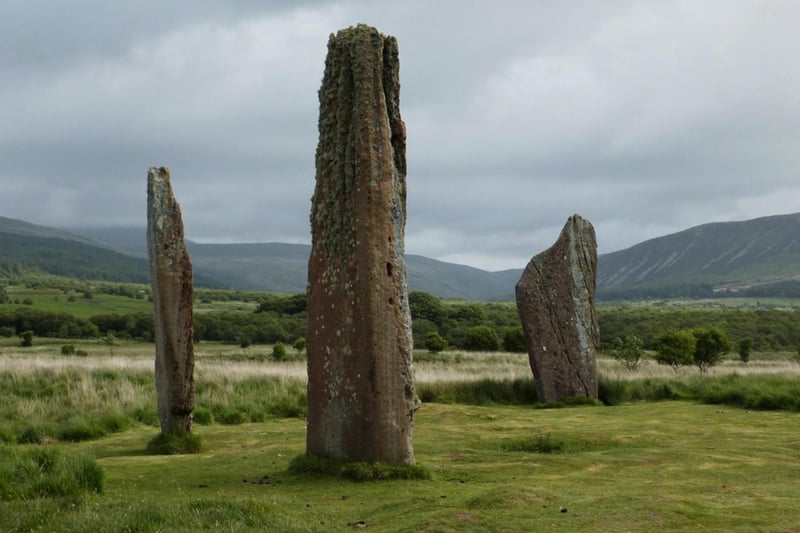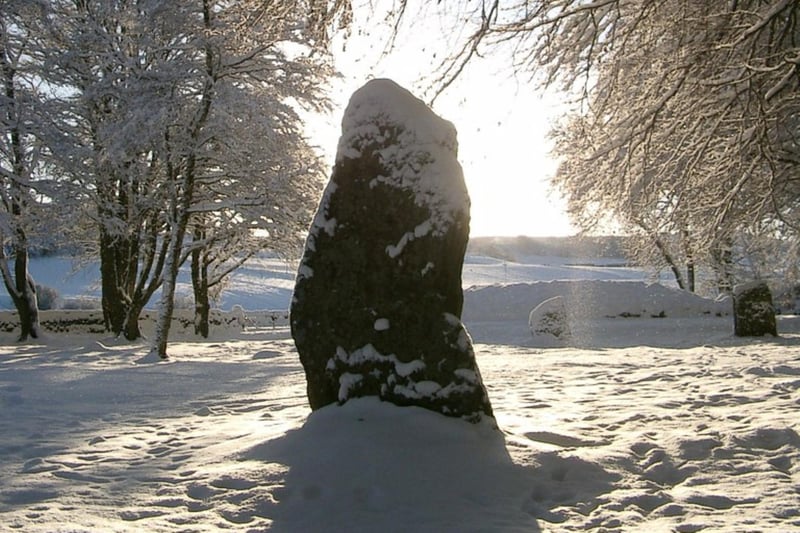Found scattered all over Scotland, but particularly concentrated in Orkney and Shetland, standing stones are ancient structures thought to be erected by the land’s first settlers thousands of years ago.
To this day their purpose sees ongoing debate by historians and archaeologists who reckon they were religious sites, but to the average Outlander fan their purpose is clear as day; time travel.
Like many aspects of ancient civilisations such as the Picts or Nordic settlers we cannot know everything about them and so can only speculate, but what’s for sure is these standing stones serve as majestic monuments worthy of a visit.
Let your mind wander thousands of years back with these 13 Scottish standing stones and stone circles.

1. Calanais Standing Stones
Scotland's most famous stone circle, the standing stones at Calanais are thought to have been erected during the late Neolithic era, some 4,500 years ago. The circle consists of thirteen stones with a monolith close to the centre. Photo: cosmicherb70 on Flickr

2. Ring of Brodgar
Designated UNESCO World Heritage Status in 1999, Brodgar is among the best examples of a stone circle to be found in the UK. Its age remains the subject of debate, but it is thought to be at least 4000 years old. Photo: Dave Thompson on Geograph

3. Machrie Moor Standing Stones
Machrie Moor is a collection of six concentric stone circles that adorn a moor near the west coast of Arran. Carbon dating on surviving timber found at the site dates Machrie Moor to around 2030 BC. Photo: gails_pictures on Flickr

4. Clava Cairns
There are many standing stones and circles scattered around Inverness, and while none are called Craigh Na Dun, you can find the site that inspired the Outlander location. The Clava Cairns rest in a woodland near Culloden to the East of Inverness, and according to Historic Environment Scotland they “are about 4,000 years old and were built to house the dead. The cemetery remained a sacred place in the landscape for millennia…” Photo: nairnbairn on Flickr


